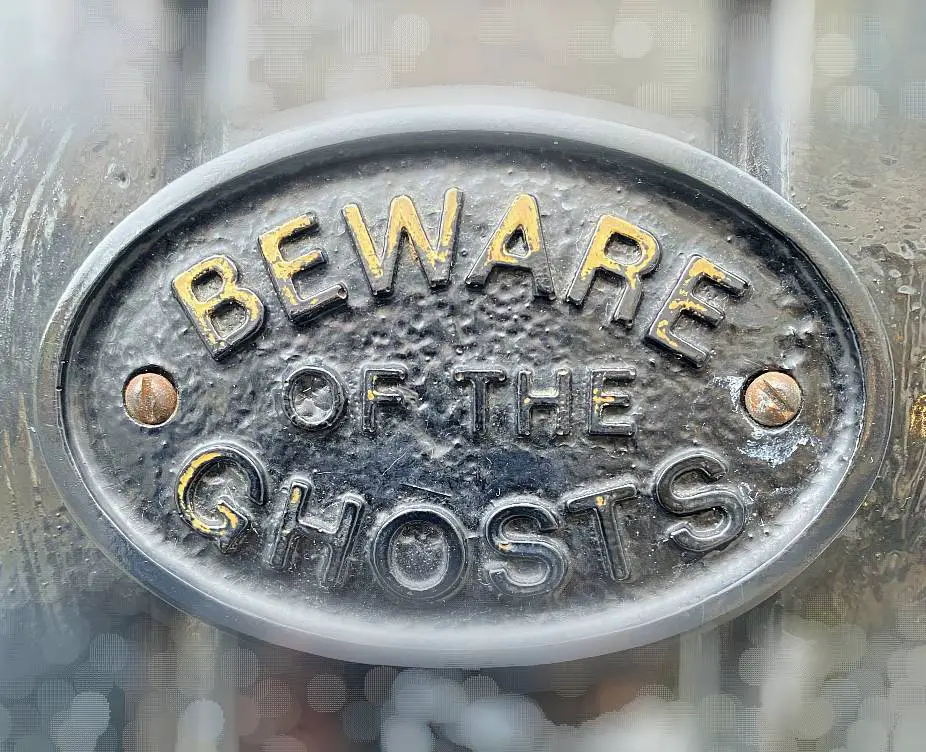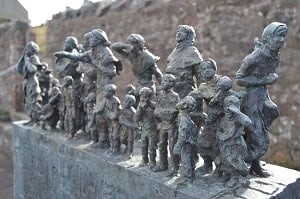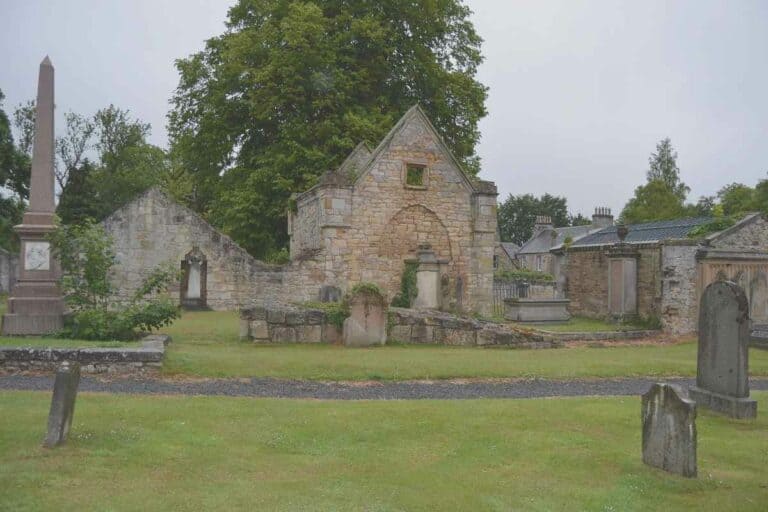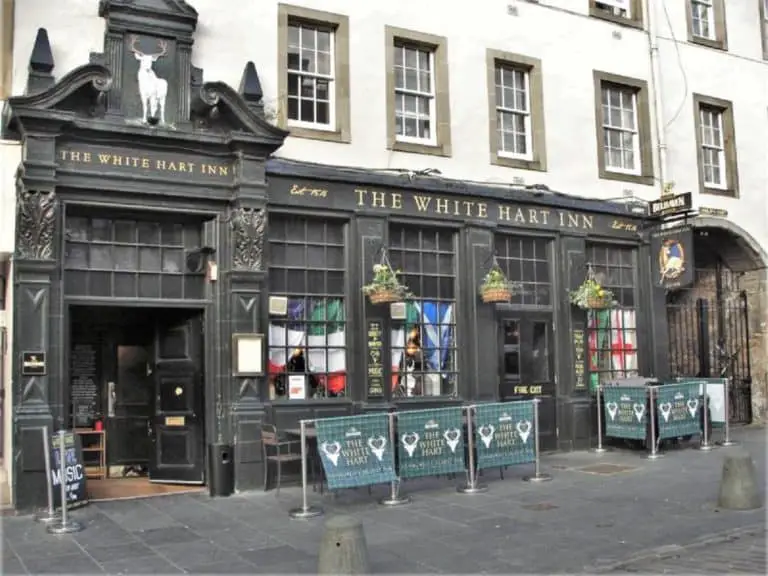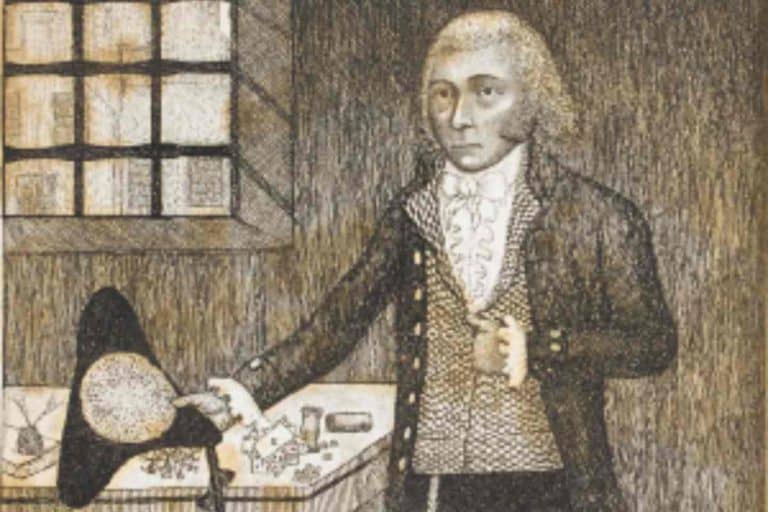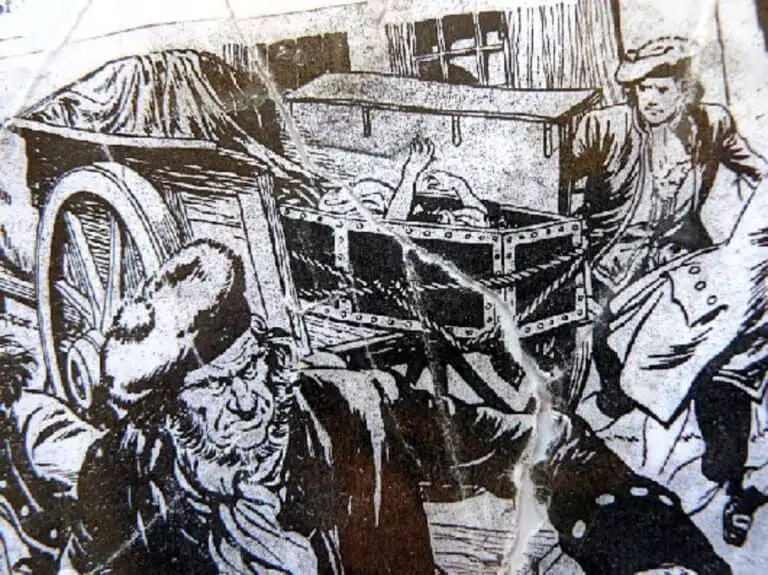Golden Fleece Pub, York | Is This Really York’s #1 Haunted Pub?
The Golden Fleece pub in York has long held the title of being the city’s most haunted pub, with rumours circulating that there’s 15 ghosts in this one pub alone!
With dimly lit corridors adorned with death masks, a replica skull of the last woman hanged at York’s Knavesmire, and cellars that once served as a grim temporary mortuary for the executed, it’s little wonder that some spirits have refused to leave.

I used to live in York and have walked past the Golden Fleece many times in the past.
And so, I thought it was time to pay another visit to the ‘City of 1000 Ghosts’ and take myself off to the pub that holds the title of not only the ‘most haunted pub in York’ but also, according to a recent Reddit survey, the title of the ‘most haunted pub in the country’.
If this sort of dark history interests you, then my newsletter might too. I share historical finds like this — plus historical true crime you won’t see in the history books. You can sign up here.
Table of Contents
- What’s The History of The Golden Fleece, York?
- How Did The Golden Fleece Pub Get Its Name?
- The Ghosts of The Golden Fleece
- The Ghost of Lady Alice Peckett
- The Ghost of Geoff Monroe – A WWII Canadian Airman
- One-eyed Jack
- The Grumpy Old Man
- The Hauntings of a Young Victorian Boy
- Roman Soldiers in the Cellar
- The Death Sentence
- The Hanged Landlord
- The Corridor of Death Masks
- The Skull of Elizabeth Johnson
- Where Did I Do My Research?
Built in 1503 but not licensed to sell beer until 1668, the Golden Fleece isn’t just one of York’s oldest pubs – it’s an absoulute hotspot for paranormal activity.
With claims of 15 ghosts haunting its creaking floorboards, including a Roman soldier and a young boy tragically trampled by horses, this Grade II listed building (designated in 1983) has cemented its reputation as York’s most haunted drinking establishment.
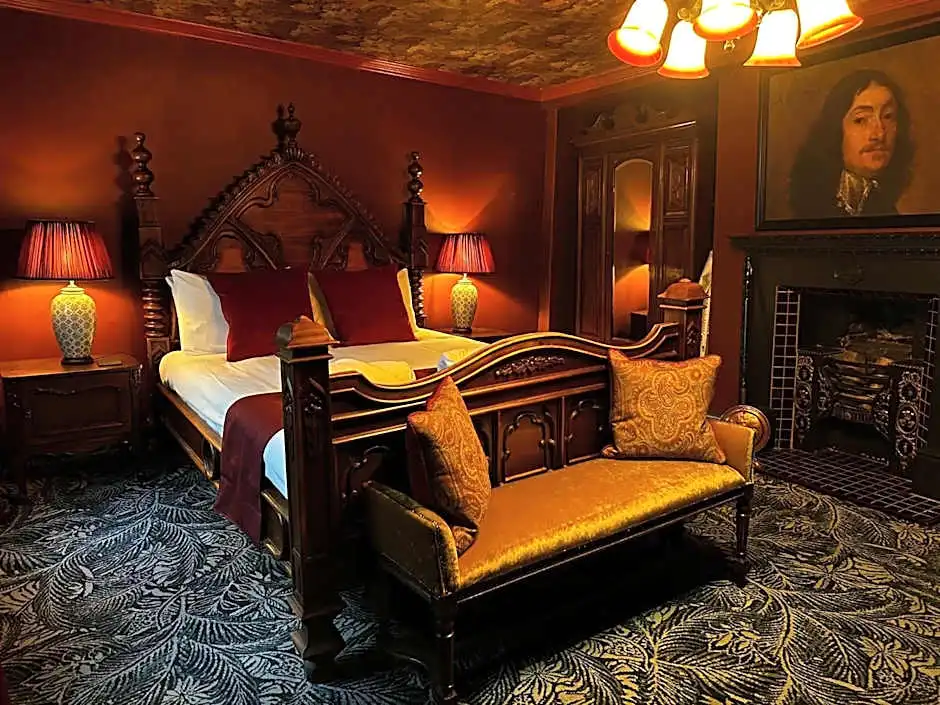
Haunted Bedrooms at The Golden Fleece, York
- St Catherine’s Room, where a bathroom mysteriously disappeared from building plans for 200 years only to reappear again in 2000
- Lady Peckett’s Room, named after one of the pub’s most famous specters – her name adorns both the door and the entrance to the passageway outside.
- The Shambles Room, positioned at the front of the Inn with a prime view overlooking the entrance to York’s famous medieval street, The Shambles.
- The Minster Suite, also at the front of the Inn, offering splendid views of York Minster.
Image: booking.com
The Golden Fleece isn’t technically the oldest pub in York though. That honor is hotly contested by a few other establishments, including the wonderfully atmospheric Old White Swan on Goodramgate.
The designation is, shall we say, a bit “sketchy” depending on your sources, and you’ll see a few pubs laying claim to the statement as you wander around the city.
Oldest pub or not, the Golden Fleece, which sits within the ancient city walls of York, has certainly earned its reputation as the city’s most haunted establishment.
Even the TV show ‘Most Haunted’ investigated here for Season 6 in 2005.
Did they capture anything supernatural? I’m too afraid to watch it myself, so you’ll have to investigate and let me know!
What’s The History of The Golden Fleece, York?

The earliest mention of the Golden Fleece is in 1503 in documents held in York Archives and it started operating as a pub in1656, getting its official license to sell beer in1668.
Before 1557, the Golden Fleece, which stands at the foot of the Shambles in Pavement (not a million miles from York’s famous Ghost Merchants), was owned by the Merchant Adventurers of York.
The magnificent Merchant Adventurers Hall, sitting on the banks of the River Foss, is just behind the pub, so you’ll almost certainly spot it during your visit.
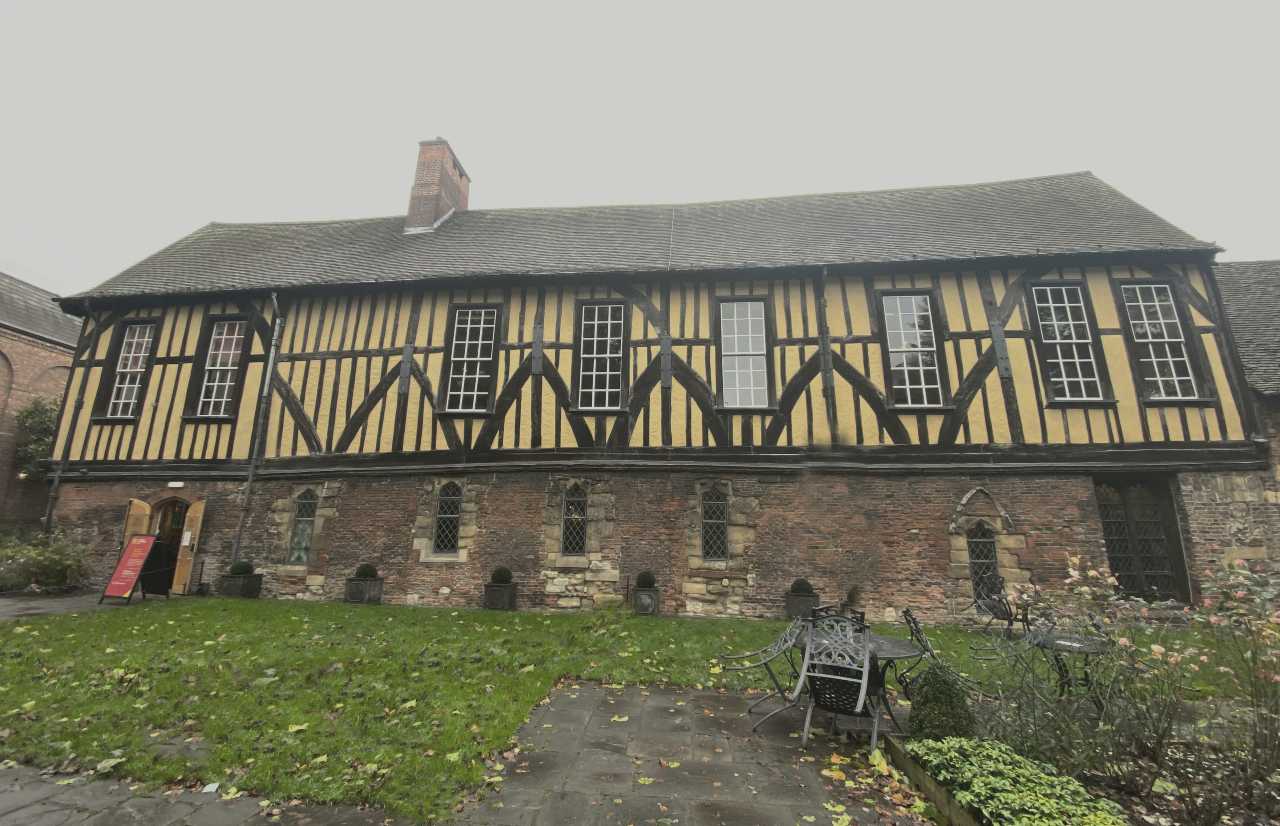
This impressive building is where York’s enterprising men and women gathered in the 14th century to form the Company of Merchant Adventurers of the City of York.
The Hall that you see today was built for both business and social gatherings and is worth a quick wander in if you have time.
How Did The Golden Fleece Pub Get Its Name?
Pubs that bear the name ‘Golden Fleece’ are typically associated with the wool trade, and the sight of the ram or sheep was used as a visual symbol, coming from the Greek myth of Jason and the Argonauts.
In heraldry, the fleece is shown ‘as a ram stuffed and suspended by a collar round its middle’.
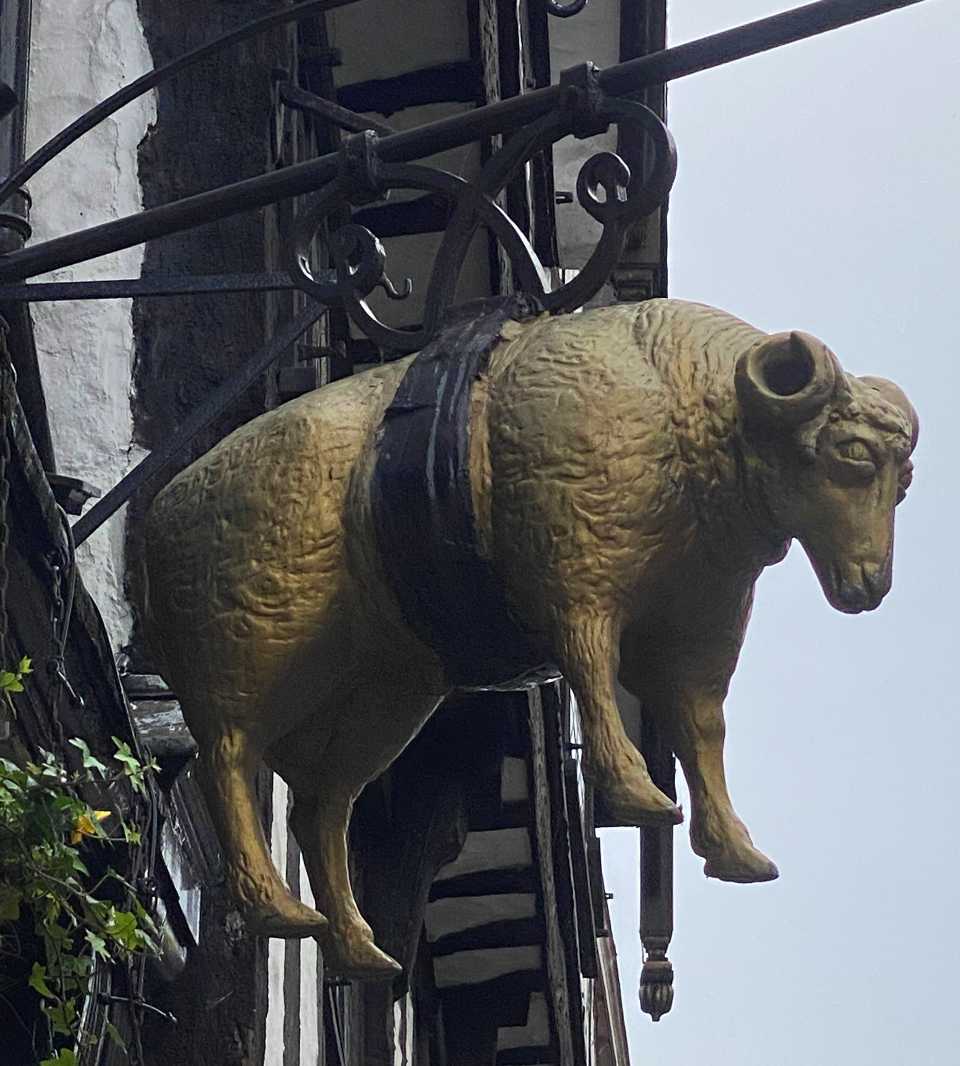
Hence, the pub’s name makes perfect sense.
The merchants’ primary business was the wool trade, with York serving as the main woolen center outside of London during Medieval times.
What else could they have called it, really?
Oh, and have you ever noticed the little white cat perched high on the lintel above the pub sign?
You can just make it out in my photo below, with its tail peeking out from the brickwork above.
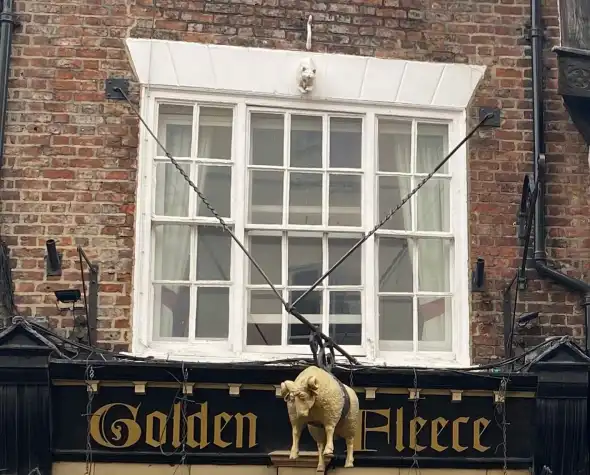
Stand before the Golden Fleece pub today and you can still spot telltale signs of its coaching inn past. The current entrance and window were once an archway for horse-drawn coaches arriving from Liverpool, Manchester, and beyond.
And imagine, at the window visible in the photo, a young Canadian serviceman leaning out before falling to his untimely death, destined to spend eternity haunting the bedroom he once occupied.
The Ghosts of The Golden Fleece
Read any account of haunted Britain and chances are,York’s Golden Fleece pub will appear on the list at some point in time – you’ll also see that most sources agree that this narrow building at the foot of the Shambles is teeming with supernatural activity.
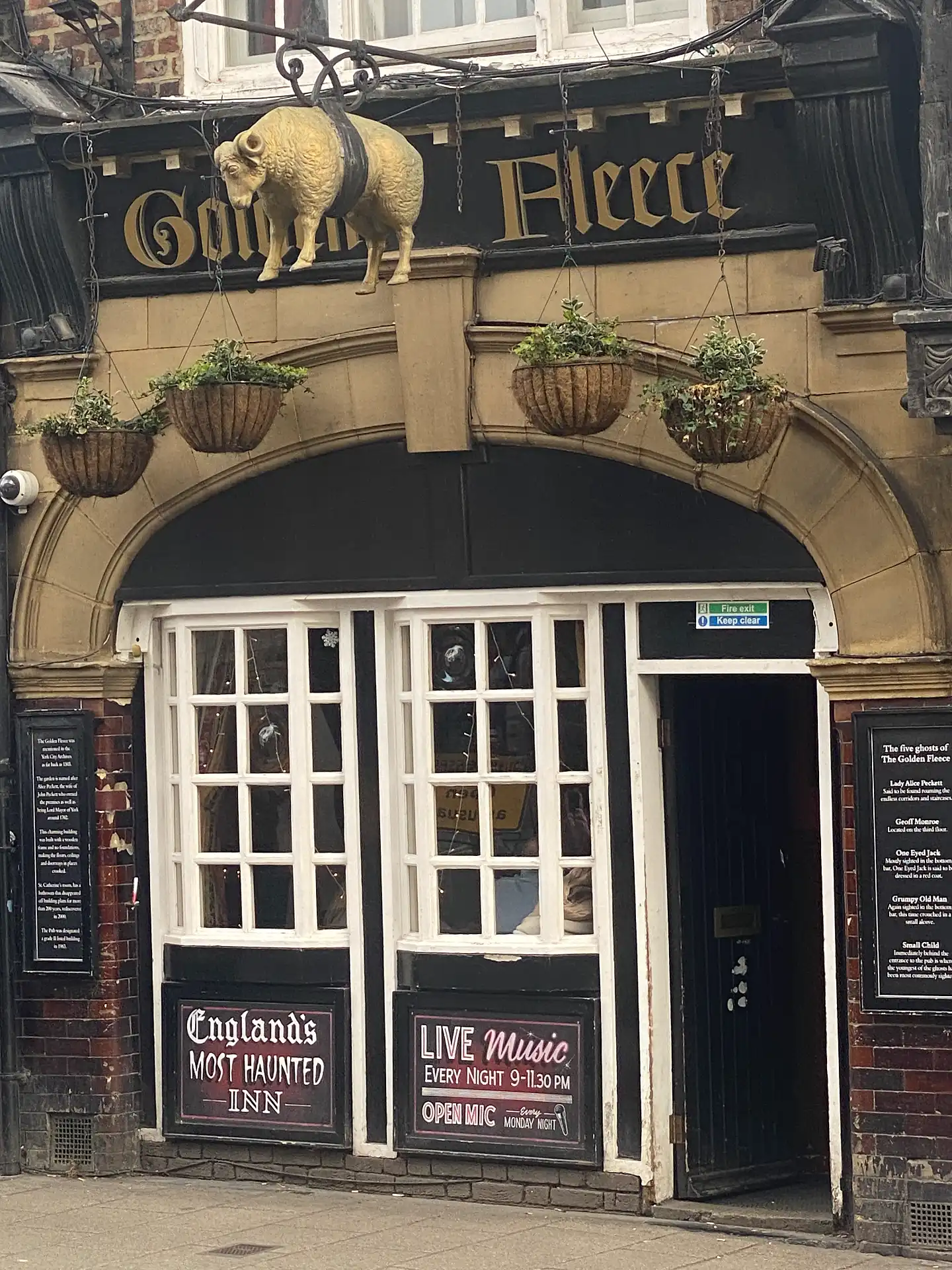
But digging deeper, and after visiting the pub myself, I found some intriguing contradictions.
Supposedly, 15 ghosts haunt the corridors and rooms of the Golden Fleece . These include Canadian airman Geoff Monroe, who fell to his death from a bedroom window; Lady Alice Peckett, wife of a former owner; Roman soldiers; and a landlord who hung himself in the bar.
But something doesn’t quite add up. The first inconsistency is the actual number of ghosts.
Visit the pub and you’ll see a plaque stating that only FIVE ghosts are known to haunt the premises – not the FIFTEEN that countless internet accounts claim.
Are they including unnamed apparitions in the cellar and elsewhere in the Inn?
Probably. Yet we’re only ever given about five names whenever I research the hauntings.
So who are the famous five?
The Ghost of Lady Alice Peckett
Book yourself into a room at the Golden Fleece today and you may well just be woken in the night by the racket created by the ghost of Lady Alice Peckett, wife of a former owner.
Lady Peckett, whose name graces both a bedroom at the pub and the narrow passageway (snicket) to the right of the building, was married to John Peckett, who served as Lord Mayor of York from 1701-1702.
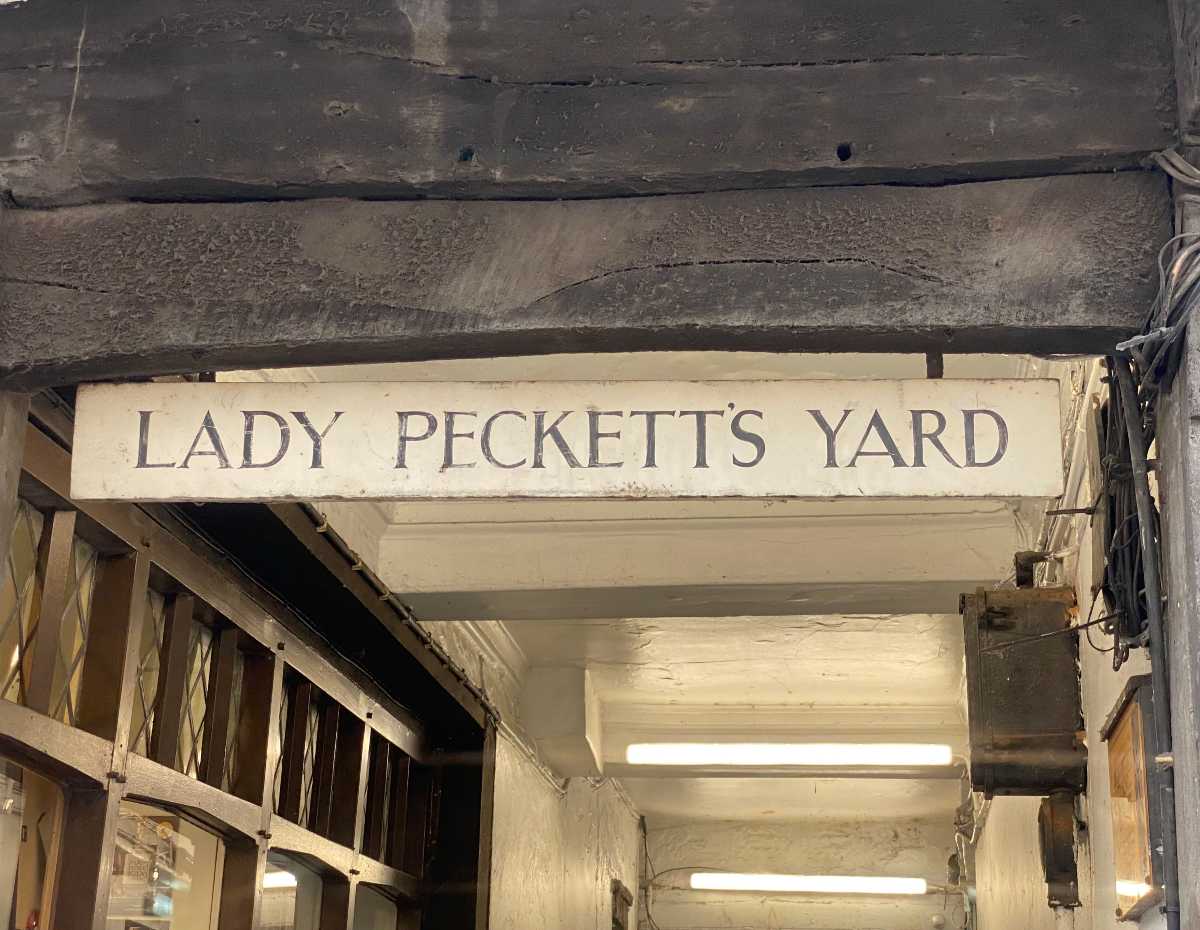
Prior to his mayoral duties, John was the city’s sheriff in 1695/6, eventually winning the hand of Alice, daughter of Henry Pawson. When John died in 1707, Alice outlived him by more than 50 years.
Yet Alice seems reluctant to leave her former home at the Golden Fleece, known formally as 16 Pavement, York.
If you’re lucky and are staying Lady Pecket’s room, you might hear her rearranging furniture or pacing the corridors, her footsteps echoing on the ancient staircases through the night.
The Ghost of Geoff Monroe – A WWII Canadian Airman
The haunting by Canadian airman Geoff Monroe is perhaps the most well-known ghostly tale at the Golden Fleece .
In 1945, Monroe reportedly fell or jumped to his death from his bedroom window in Room 4, his former bedroom.
Stay in the room today and he has a habit of removing bedclothes and garments from rails. Witnesses claim he appears in full military uniform without uttering a word, solemnly gazing down at guests.
Although I find this story fascinating, I can find no information relating to the death of a Canadian airman in the newspapers at all.
I rarely take the stories that I read at face value, prefering to hunt out more original resources, typically starting in period newspapers, trying to avoid getting lost down too many rabbit holes.
But, despite combing through archives in the British Newspaper Archive, I’ve found nothing about Geoff Monroe’s fatal accident.
Instead, I discovered a different story – one involving a Gerard Tierney, who tragically fell to his death through a window at the Golden Fleece in 1944, a year before Geoff’s supposed demise.
It seems odd that Tierney’s accident was reported while Geoff’s nearly identical incident the following year doesn’t merit a single mention.
Perhaps I’ve missed something, or maybe the tales have merged over the decades.
One-eyed Jack
Haunting the pub’s bottom bar, the ghost of One-eyed Jack stands as one of the Golden Fleece ‘s most menacing spectral residents.
Brandishing a flintlock pistol, this 16th/17th-century ghost wears a red coat and a tri-cornered hat, his wig peeking out beneath.
Jack paces relentlessly up and down the bar, waiting anxiously.
For what exactly? Nobody seems to know.
The Grumpy Old Man
If you’re brave enough to sit in the bottom bar, you might encounter the grumpy old man who shares this space with Jack.
This gray figure materialises in an alcove, either sitting in eerie silence or grumbling quietly to himself, vanishing the moment anyone approaches.
His identity and the reason for his eternal displeasure remain a mystery.
The Hauntings of a Young Victorian Boy
The tragic accident involving a young boy and wagon and horses has left a permanent scar on the Golden Fleece.
Believed to have been killed beneath the hooves of dray horses – either during a delivery to the Inn or when a wagon passed by -this young boy frequently appears in the pub.
His favorite spot is just behind the pub’s entrance where he’s said to giggle after pulling small pranks on visitors – one of the pubs friendlier ghosts for sure!
Roman Soldiers in the Cellar
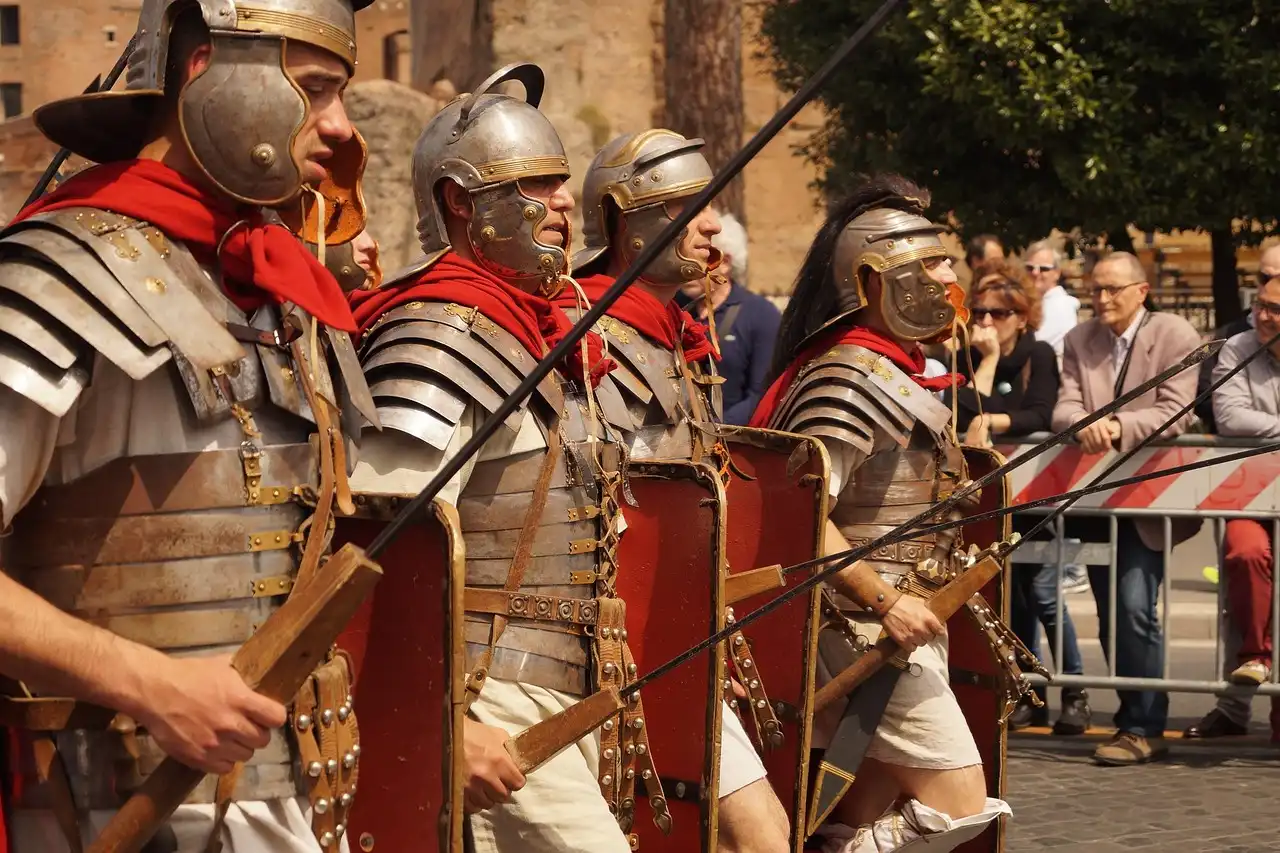
Have you heard about the legion of Roman soldiers marching through the cellar at The Treasurer’s House in York? This haunting reminds me so much of that famous tale that I’m surprised similar accounts aren’t more common throughout the city.
The Roman legionaries at the Golden Fleece inhabit the cellar, where they continue to march along an ancient path, passing silently through the walls as they go.
The Death Sentence
Being sentenced to hang would inevitably leave psychological trauma, both on the condemned and the location.
After 1379, if you were unfortunate enough to face the death penalty in York, the rope would be placed around your neck at York’s main hanging site, The Tyburn (also known as the Knavesmire), which today forms part of York racecourse.
York’s hangman, William ‘Mutton’ Curry, would likely perform the grim task, perhaps afterward enjoying a pint or two at the Golden Fleece .
Once dead, your body would be transported to the Golden Fleece’s cellar (or another temporary mortuary in one of the city’s inns) to await collection by relatives – if you were fortunate enough to have any who cared.
Imagine, if you can, the smell wafting the cellar during this macabre “waiting and collection” period.
Would it be all that surprising if the spirits of those hanged souls who weren’t retrieved by a relative still remain in the cellar today?
The Hanged Landlord
The haunting of the Golden Fleece by a former landlord is a tale rarely told, and I stumbled upon it purely by chance.
In 2015, paranormal investigators visited the pub and apparently captured a photograph of a ghostly figure standing behind the bar.
A former landlord supposedly hung himself in the very bar where he worked and now, disturbingly, haunts the staff.

The picture above is said to show the shadowy outline of a figure behind the bar. I must admit, without the accompanying description, I wouldn’t have recognised what I was seeing.
Am I skeptical? Or just too frightened to acknowledge what might actually be there?
Those who’ve sensed this ghostly presence report a sudden tightening around their necks and have witnessed glasses flying off shelves.
What I find most unsettling about this haunting is one small detail revealed by Steph Yates, landlady during the investigation – the fact that there’s a false ceiling in the part of the bar where the sighting happened.
Hidden above it, you’ll find a hook – precisely where the landlord allegedly hung himself.
The Corridor of Death Masks
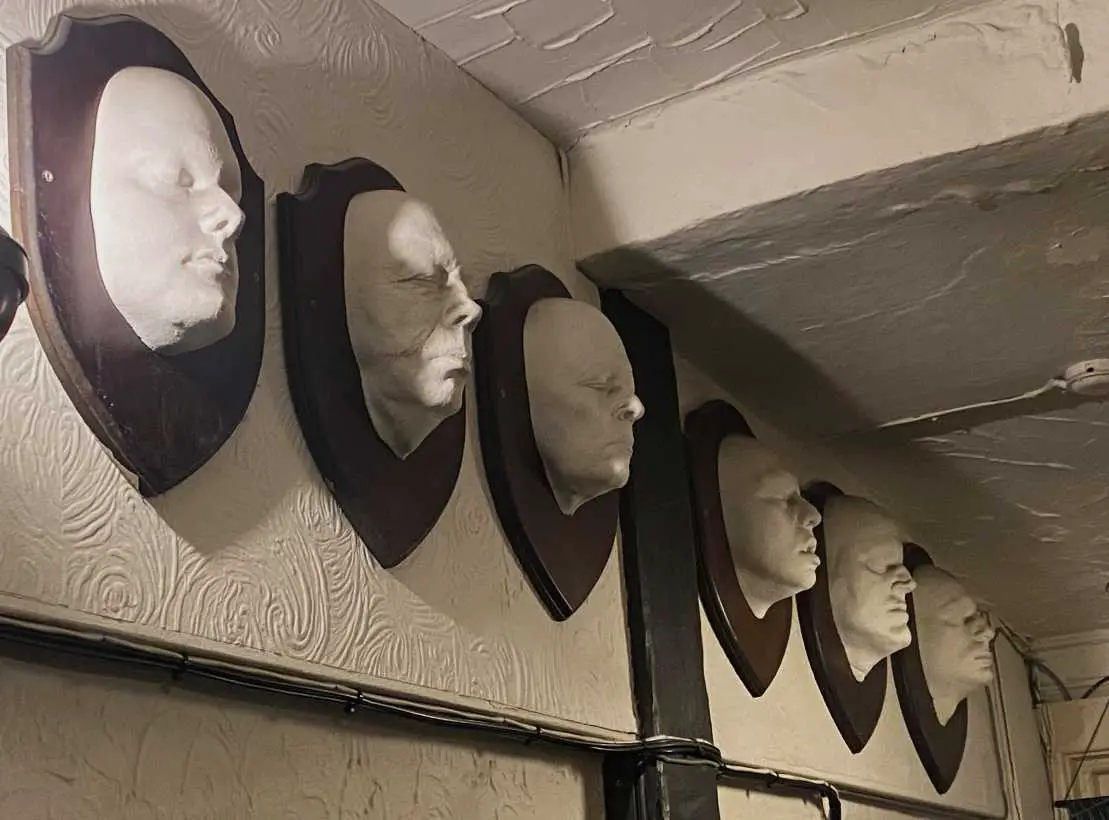
Quite by chance, I discovered that The Golden Fleece has a row of death masks lining the corridor to the toilets.
Death masks are fascinating things – the equivalent of a photograph recording the face of the accused once they’d been executed. William Burke, one-half of the notorious Edinburgh murderers, Burke and Hare has his death mask in Surgeon’s Hall Museum and is just one of the many that can be found if you take a trip to the city.
Sadly, all but one of these plaster faces mounted on wooden plaques lacks identification. It’s impossible to determine who they represent. I suspect they’re replicas of famous death masks from throughout history.
Or perhaps the staff enjoyed a creative evening with plaster of Paris and a few drinks, or they capture the expressions of guests and staff once they’ve spotted a ghost.
Some of the expressions are quite remarkable.
Dare I mention there appear to be THIRTEEN death masks along the corridor? Are they tempting fate?!
The Skull of Elizabeth Johnson
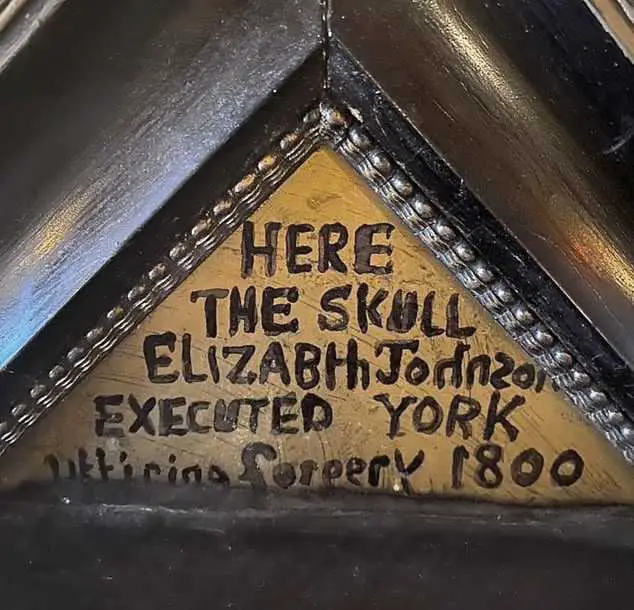
Being convicted of uttering a forged £1 note at the turn of the 19th century carried the death penalty.
York resident Elizabeth Johnson apparently though thought the risk worthwhile – until she was hanged two miles away on the Knavesmire on August 23, 1800, and her skull (or a replica) eventually found its way to the Golden Fleece’s shelves.
This wasn’t Elizabeth’s first counterfeiting offense. Caught earlier that year forging bank notes and half sovereigns, authorities had enough and ‘fully recommitted [her] to York Castle’ in July.
Elizabeth however, is still having encounters with the law in the modern world. Or her replica skull is anyway.
During the early hours of New Year’s Day 2022, her skull was stolen by revellers from the shelf on which it sat.
She wasn’t gone for long however and after a short period on top of the thief’s fireplace, she was returned back to her rightful resting place.
The Last Execution In York
Due to her crimes, Elizabeth Johnson is often credited as the last person executed at York.
However, hangings at the Knavesmire (The Tyburn) continued until 1801, with Edward Hughes being the final person hanged there on August 29, after being convicted of rape.
Executions were subsequently relocated beside York Castle (not inside it) following a July 1801 meeting where Justices agreed to move hangings ‘as soon as conveniently may be’ – so they didn’t stop, they just moved location.
The distinction of York’s last hanging therefore belongs to August Carlsen in December 1896, executed for murdering his girlfriend, Juliet Wood.
Reading between the lines, perhaps Elizabeth’s claim to fame should be that she was the last woman to be hanged at The Knavesmire, rather than the last person to be executed at York.
Where Did I Do My Research?
No one, I don’t care who you are, can write something without consulting at least the most basic of information, and I’m no exception.
People borrow others’ research constantly. I know mine’s been pilfered numerous times, but by mentioning my sources, perhaps it will encourage those who ‘borrow’ my stuff to do the same.
Here’s hoping.
Likewise, you might disagree with some of my findings – perhaps the number of ghosts at the Golden Fleece or that Elizabeth Johnson wasn’t York’s last hanging victim. But this is what my research uncovered, and I’m simply sharing that information. It’s perfectly fine to disagree.
So, here’s a shout-out to the websites I used for in-depth research and ghostly tales:
The British Newspaper Archive – I practically live on this website and have an annual subscription I wouldn’t be without! Here I discovered the potential discrepancy with Canadian airman Geoff Monroe and learned about Elizabeth Johnson’s criminal history.
Thefleece.org – Invaluable for researching the name’s origin. I could easily have fallen down a rabbit hole on this site!
Hauntedrooms.co.uk – I never imagined a website for booking ghost hunts and haunted sleepovers! If you’re curious about ghost hunting yourself, this site can help you find locations. Not for the faint-hearted, I suspect!
Mysteriousbritain.co.uk – One of the first sites where I read about Geoff Monroe’s room number, and where the ghost count differed from other internet sources.
Jorvik.co.uk – Despite being written way back in 2012, the accounts on this blog remain relevant and provide great insight into the Golden Fleece hauntings. They also list the ghost tally as 5 rather than 15.
Capitalpunishmentuk.org – For a complete list of public executions between 1800-1827. Here I found information about the last hanging at York’s Knavesmire, though be careful with this site as it contains conflicting information.

